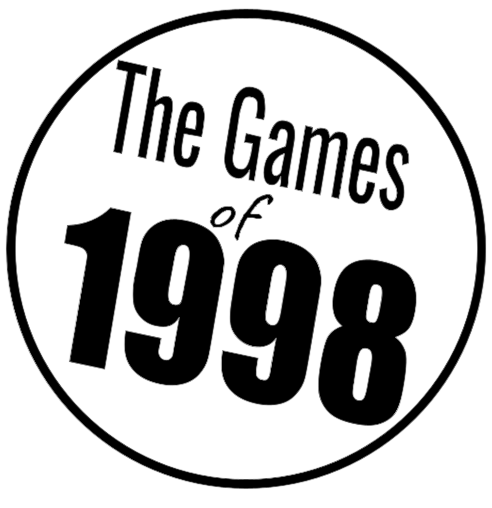Pocket Monsters’ Stadium
Release Date - August 1, 1998 (JP)
Developer - Nintendo, HAL Laboratory
Publisher - Nintendo
Platform - Nintendo 64
While most people are probably familiar with 1999’s Pokemon Stadium, they might not know that it was actually a sequel to the original 1998 Pocket Monsters’ Stadium which never saw release outside of Japan!
While most people are probably familiar with 1999’s Pokemon Stadium, they might not know that it was actually a sequel to the original 1998 Pocket Monsters’ Stadium which never saw release outside of Japan!
It was a thrill to see Pokémon in glorious 3D for the first time ever. (All images taken from https://www.youtube.com/watch?v=ZF74qjP27VQ)
Pocket Monsters’ Stadium is notable for being the very first non-handheld Pokemon game, and the first 3D Pokemon game! To fully appreciate this title, it must be remembered just how big the Pokemon craze had become by 1998; after the original Game Boy games had taken the world by storm (releasing in 1996 in Japan and releasing 1998 in the West), they had also spawned a highly successful trading card game and anime TV series. Cinema screens in Japan would also see the first feature film released in 1998 with Mewtwo Strikes Back (known outside Japan as Pokemon: The First Movie).
The gameplay of Pocket Monsters’ Stadium was different to the Game Boy RPGs, and rather than being a full fledged RPG, Stadium would focus entirely on the battles.
Pocket Monsters’ Stadium had some fantastic sports style presentation to introduce the fights, complete with an announcer!
One of the key features of Pocket Monsters’ Stadium was the ability to connect your Game Boy games to the Nintendo 64 via a bundled special adapter. This would allow you to interface with your copies of Pokemon Red, Blue, Green or Yellow in order to transfer your Pokemon from that game into Stadium. This was a big moment for players, as for the first time ever you could see the Pokemon that you’d captured and trained being rendered and animated in full 3D! However, only 42 Pokemon types were available to be used for gameplay in Stadium, with the remainder only viewable in the included ‘Pokedex’ (The Pokedex would provide you with a 3D model of the Pokemon, but it was not animated, unfortunately). This is something that would be rectified in future sequels for Pocket Monsters’ Stadium.
While the environments were quite limited, the models for the Pokémon were quite detailed and impressive!
Once you’ve imported your team (or otherwise if you ‘rented’ some mercenary Pokemon if you couldn’t import any for whatever reason), it’s time to step into the arena. Your team of critters will go up against another squad controlled by an opponent trainer. You can do battle in various ‘divisions’, which are leagues of trainers grouped by their level of experience or difficulty. Players can carry their team of Pokemon through each division and eventually win the championship in each. Each trainer has their own preferred team that they’ll field, and many trainers and teams that you’ll face up against are actually based on real-life competitors and their teams from the 1997 Tournaments held in Japan for the Game Boy games!
Pre-battle preperations were important. Selecting the right monsters is crucial.
During the battle a commentator will be providing some insight or excitement to the proceedings, with his voice coming through the loudspeakers in the stadium itself. There’s also crowds cheering the action on from the grandstands and even a giant screen showing highlights, or providing a ‘tale of the tape’ style breakdown before the match begins. It adds a real air of ‘big match’ feeling to the game, similar to a sports title.
Not every Pokémon made the cut, but many of the fan-favourites managed to get into the roster.
Finally, Pocket Monsters’ Stadium added some new functionality to the existing Game Boy games by allowing you to play them on the big screen via the included ‘transfer pak’.
Pocket Monsters’ Stadium was a big success for Nintendo, moving 270,000 copies in one month in Japan alone. As previously mentioned, the game never actually got a release outside of Japan, it wouldn’t be until the sequel that the rest of the world would experience Pokemon in 3D with Pokemon Stadium releasing in Japan in 1999 and the rest of the world in 2000. Due to the Japan-only release, the game has remained something of a curiosity among Pokemon fans, and has spawned a number of successful ‘Stadium’ styled Pokemon spin-off games.
Chill out! The special effects for attacks were really quite cool!







